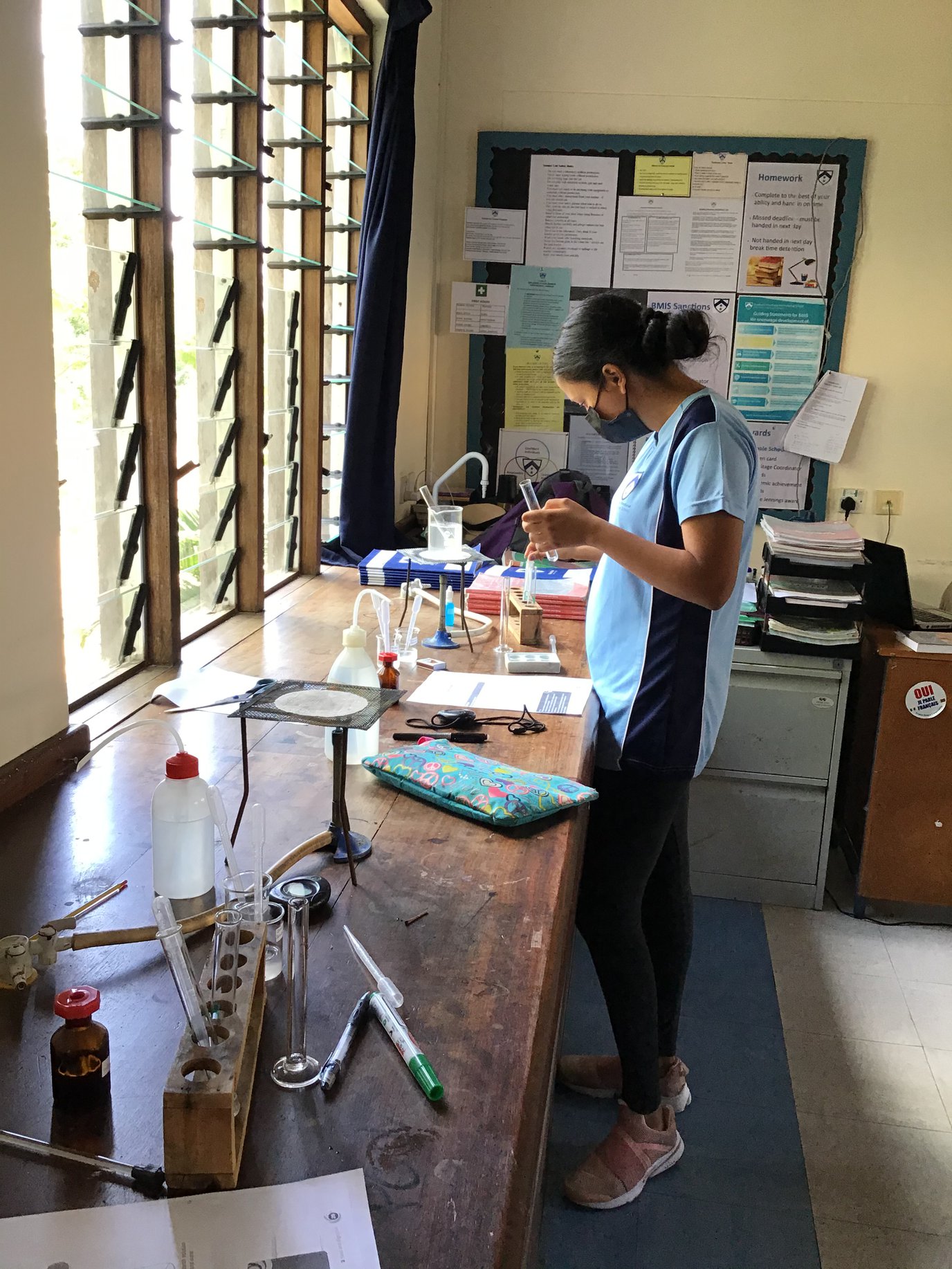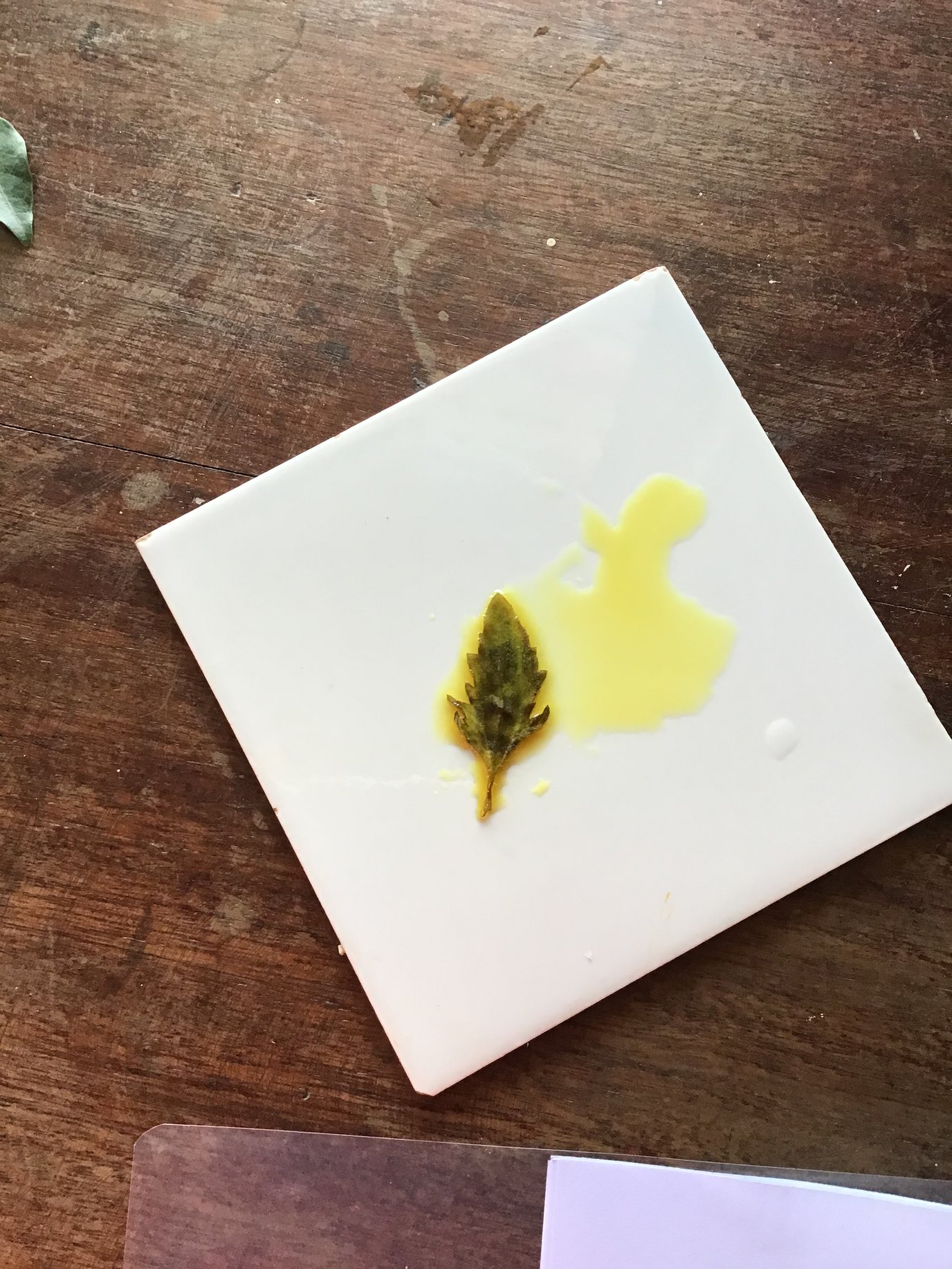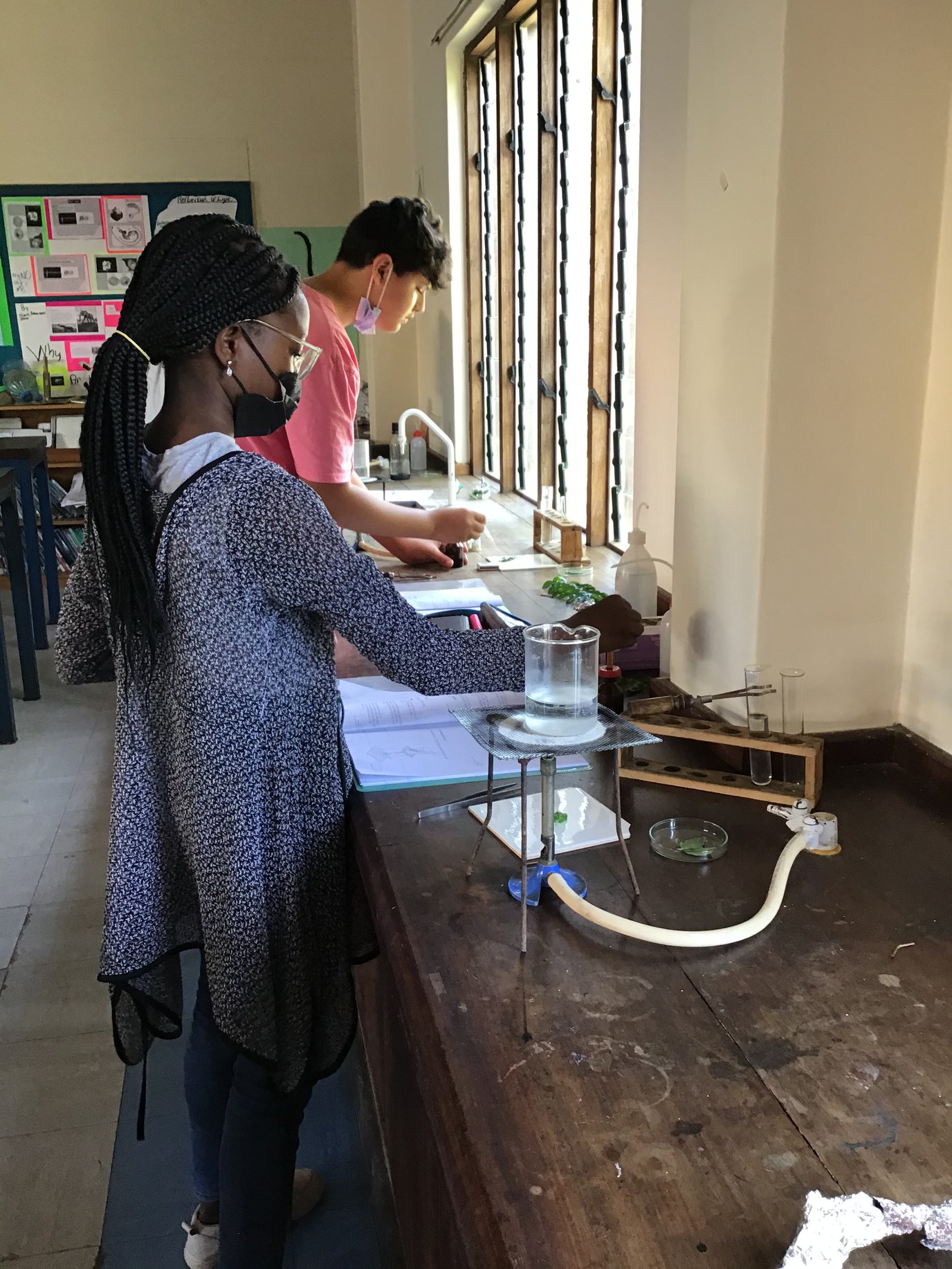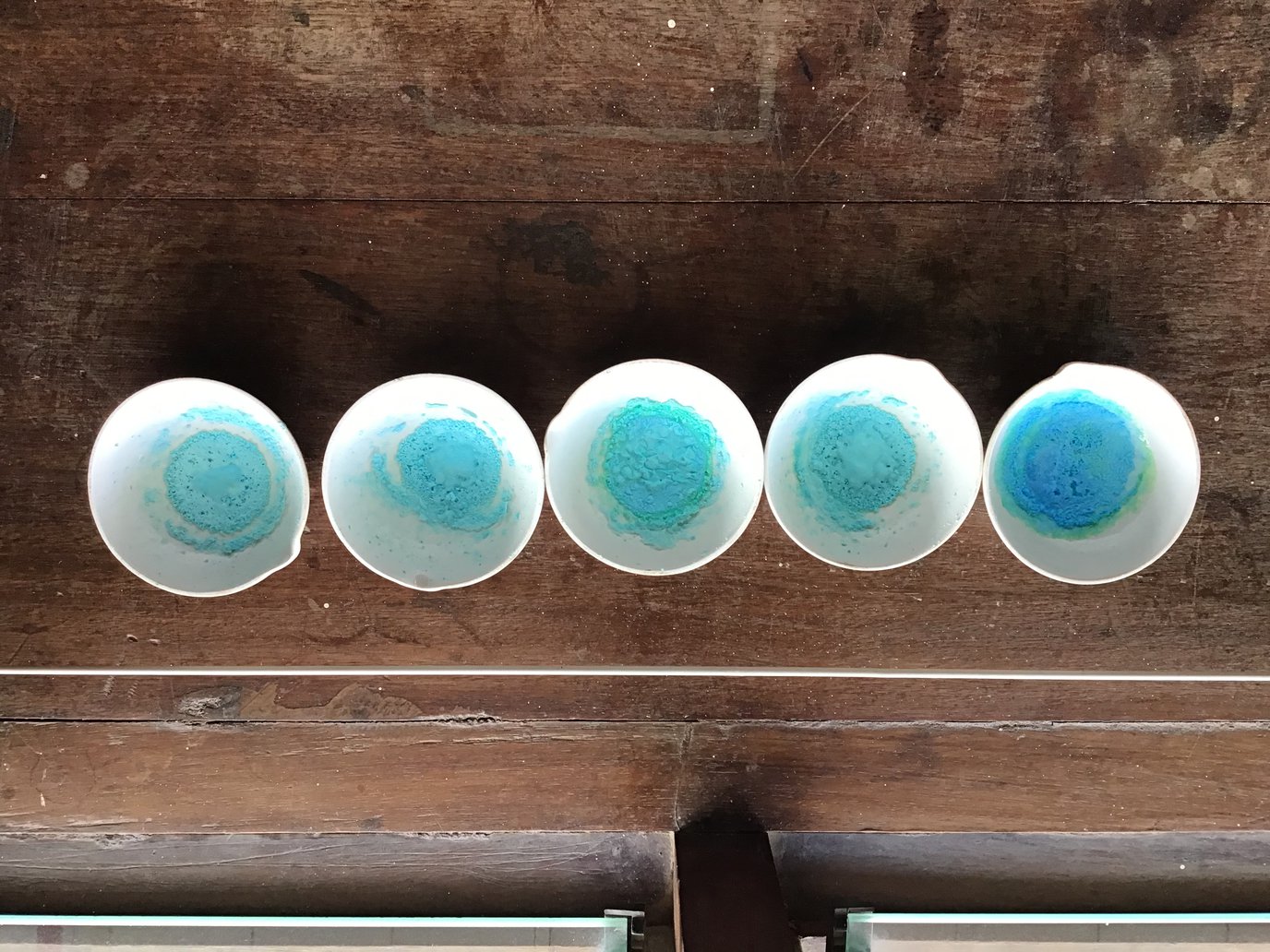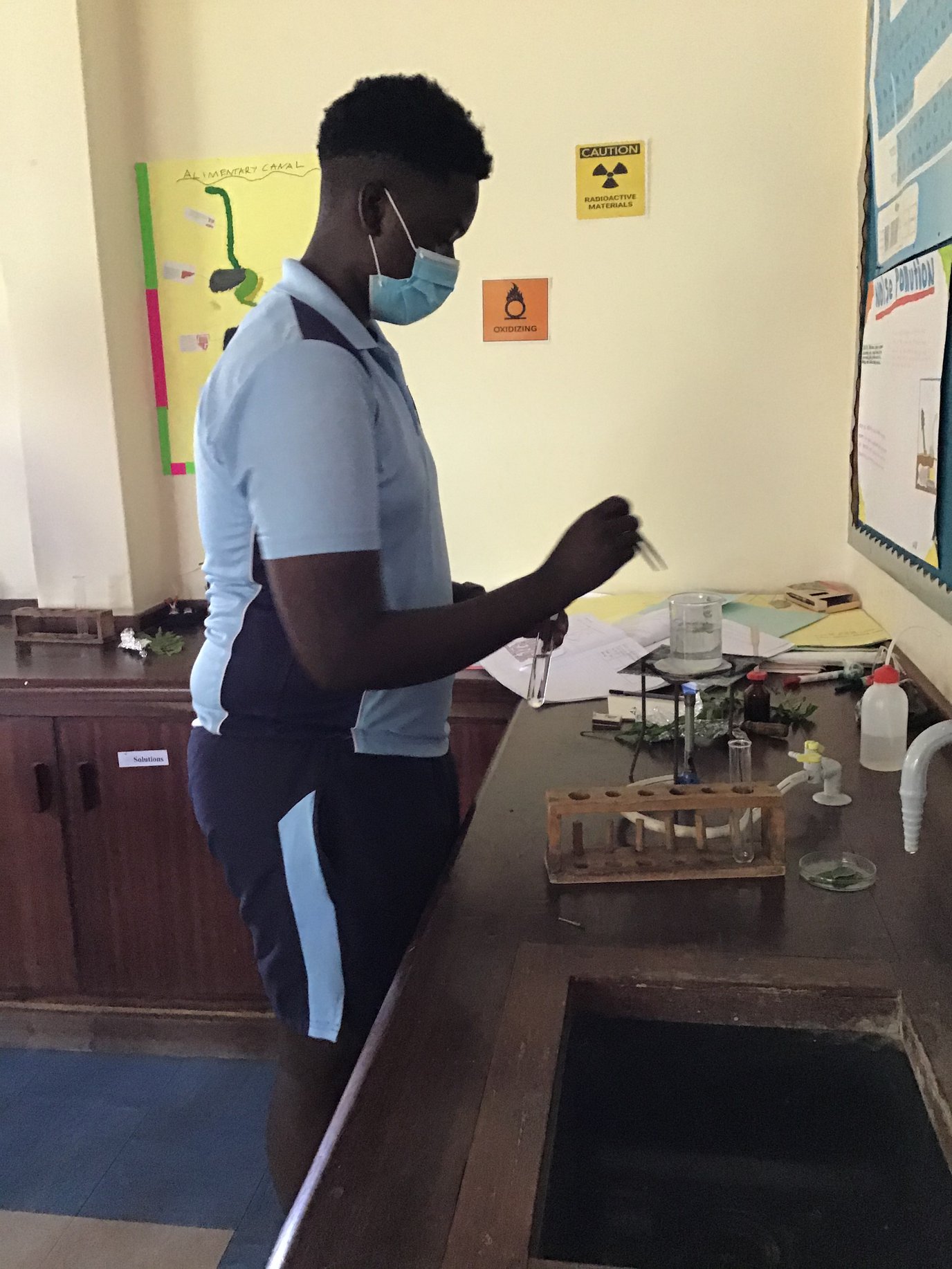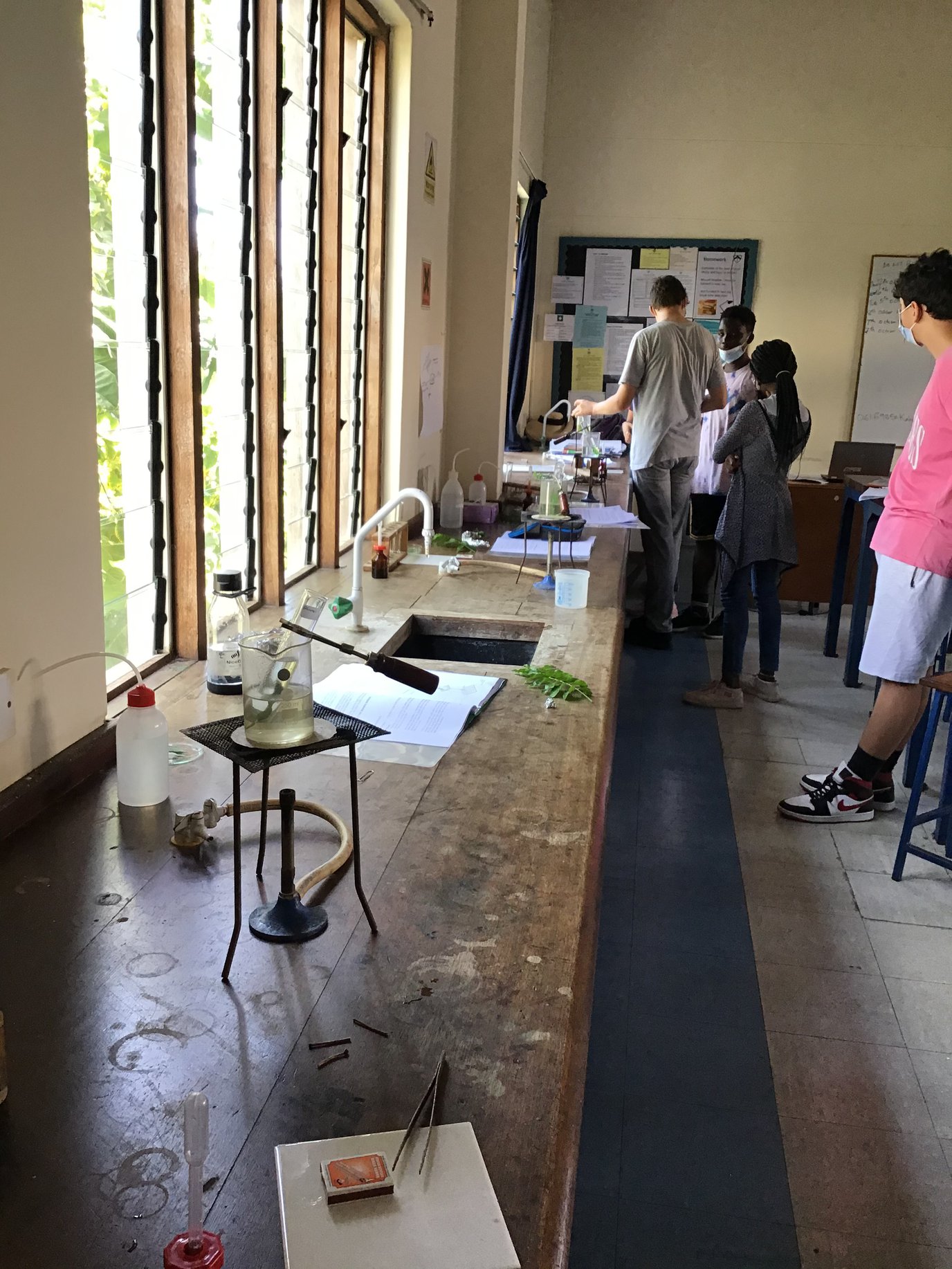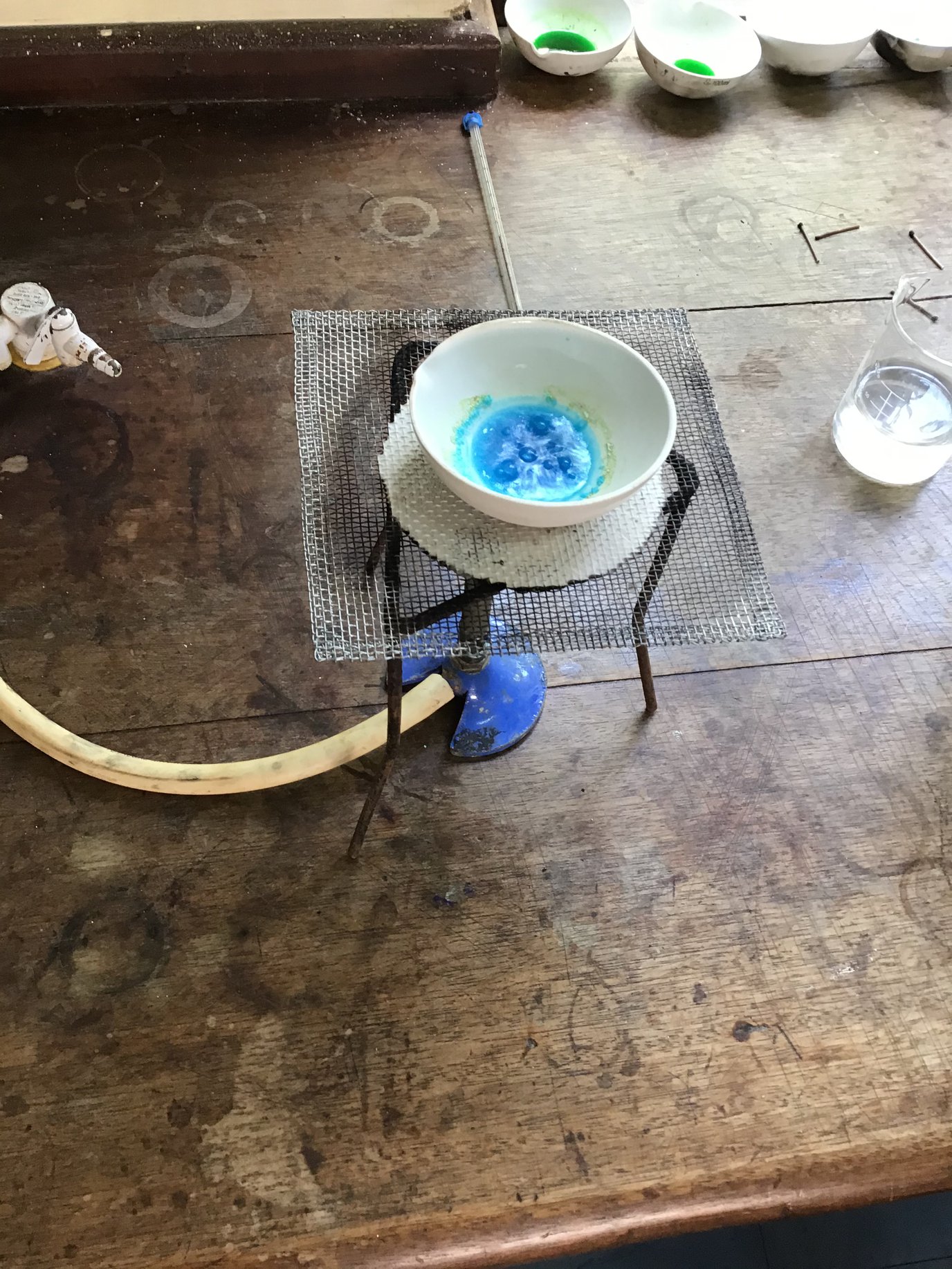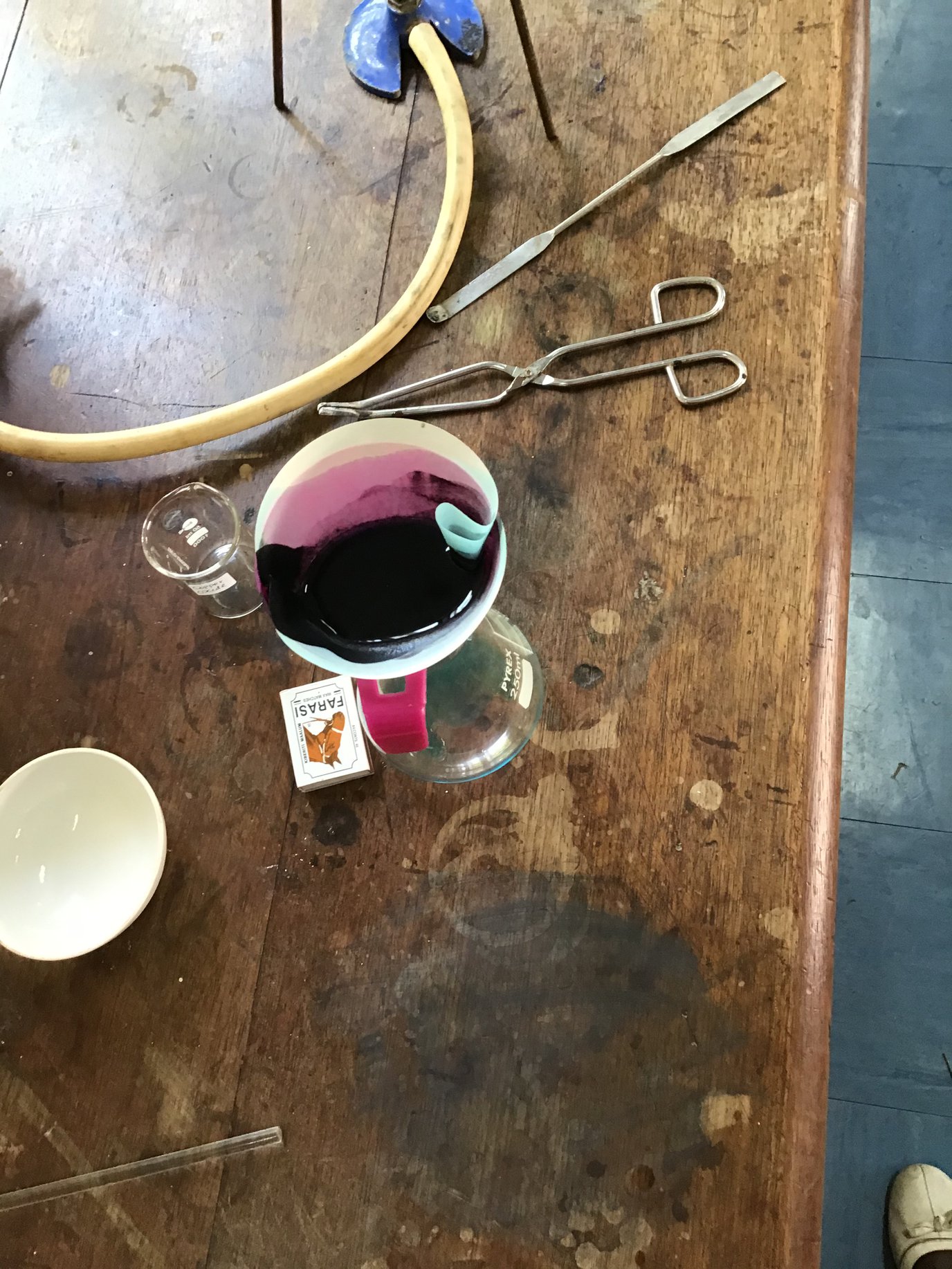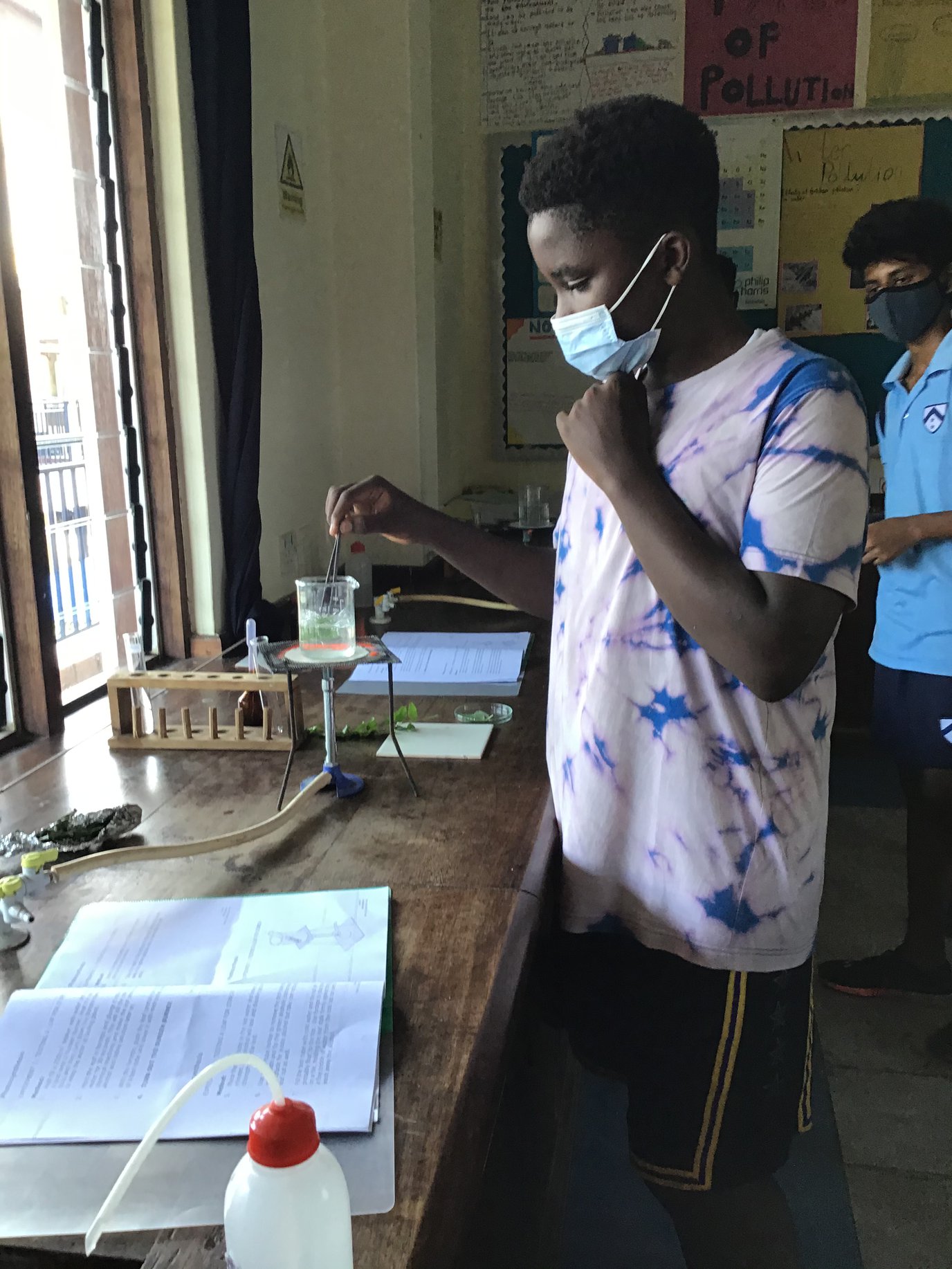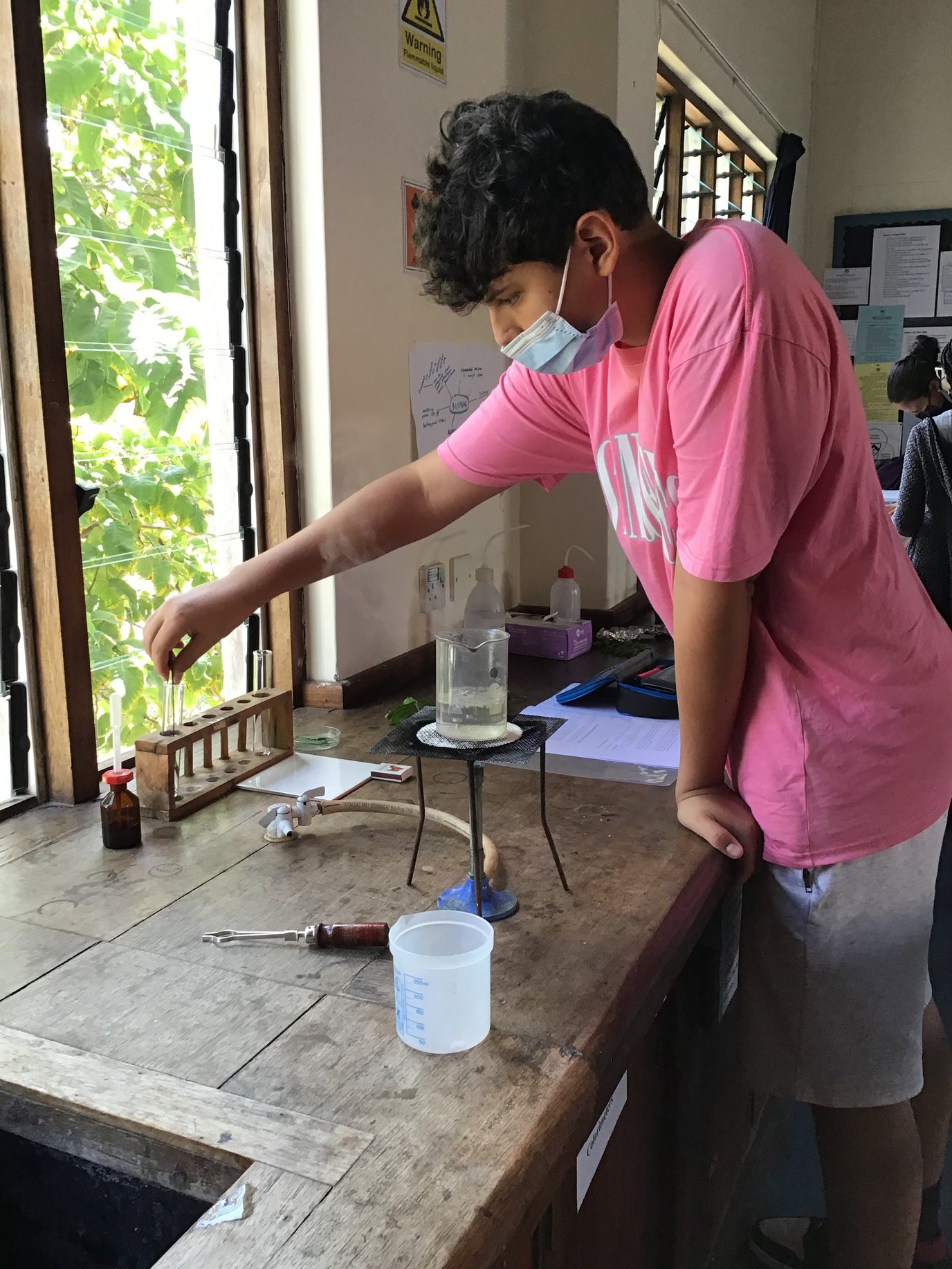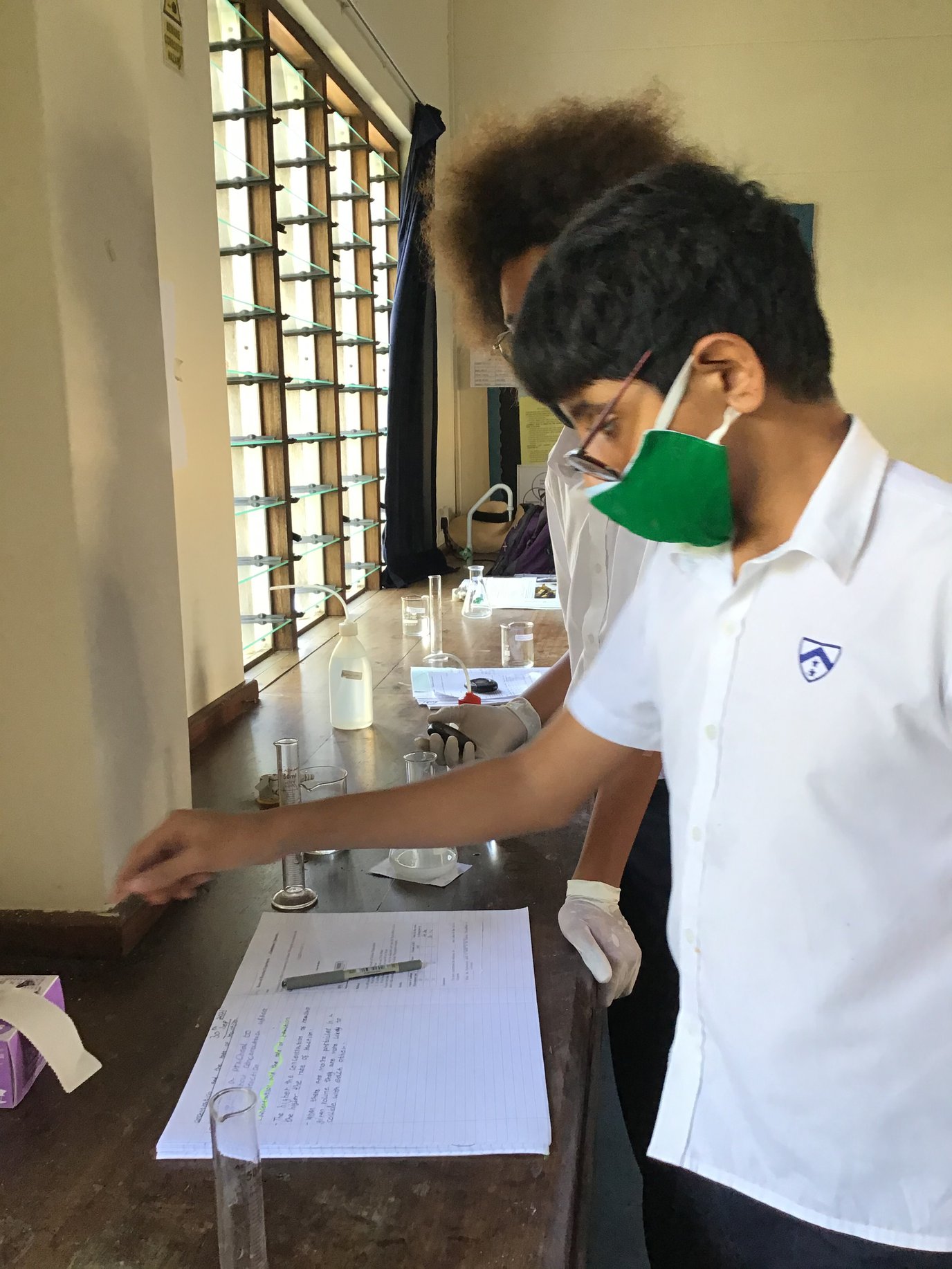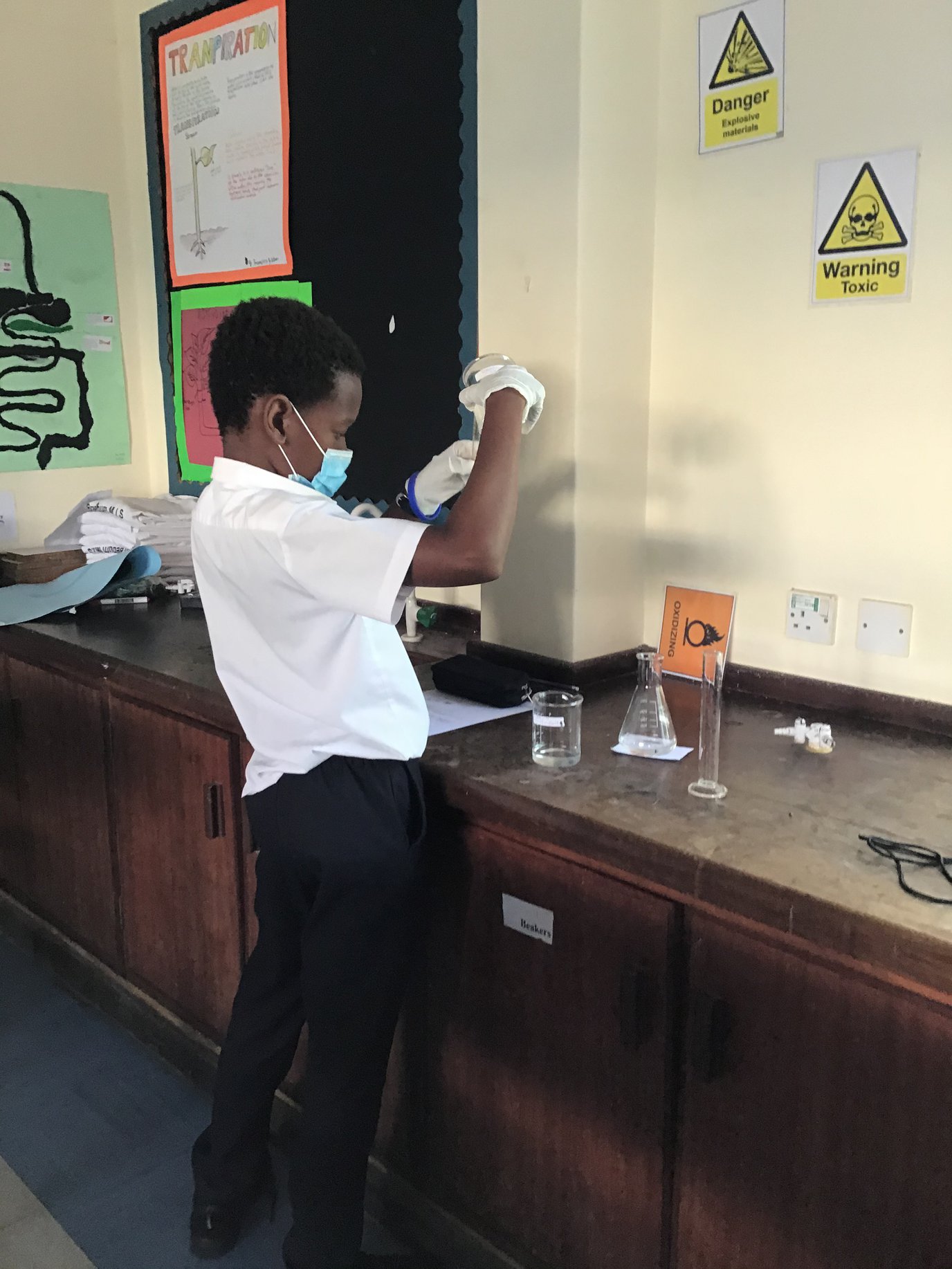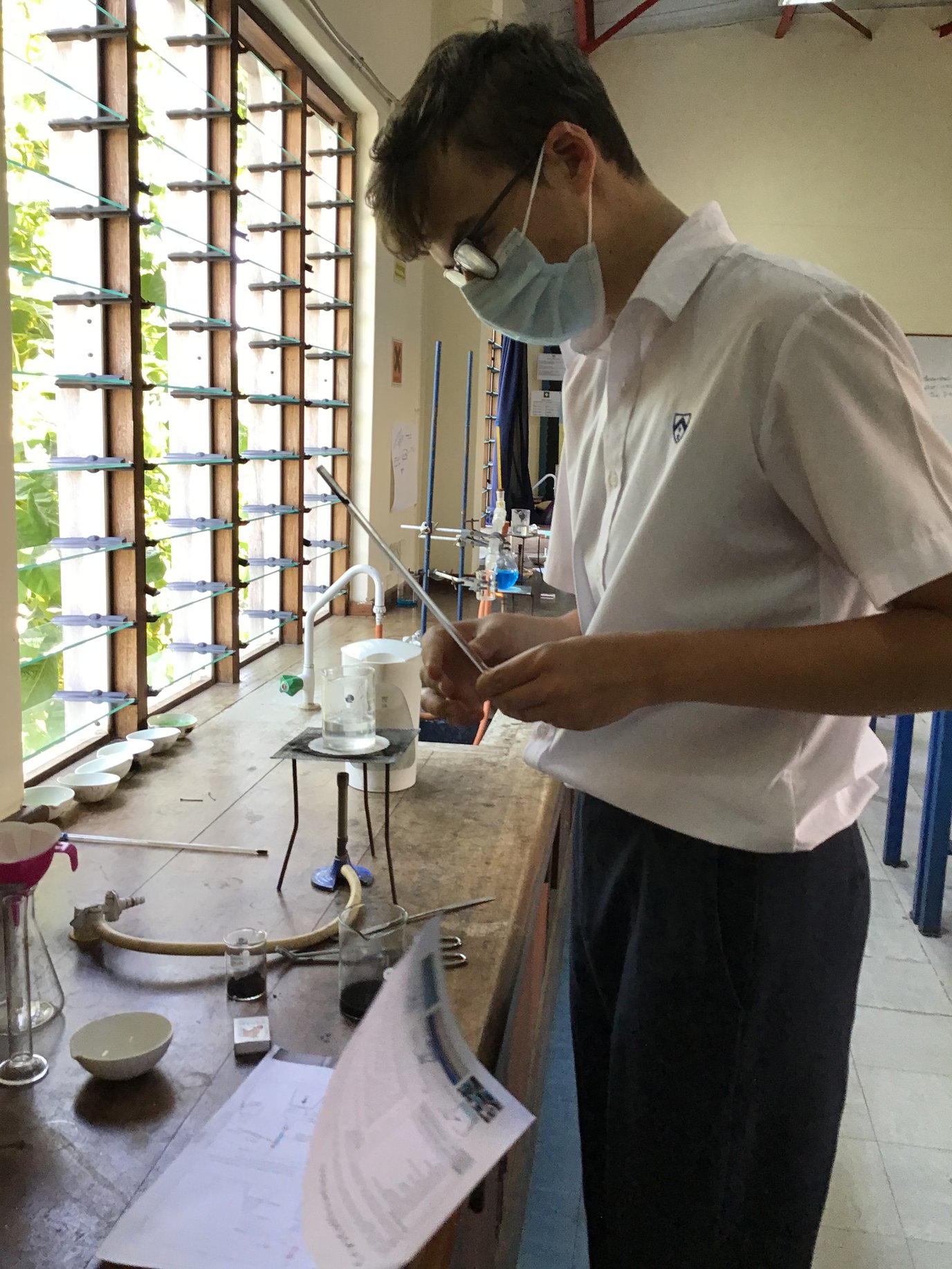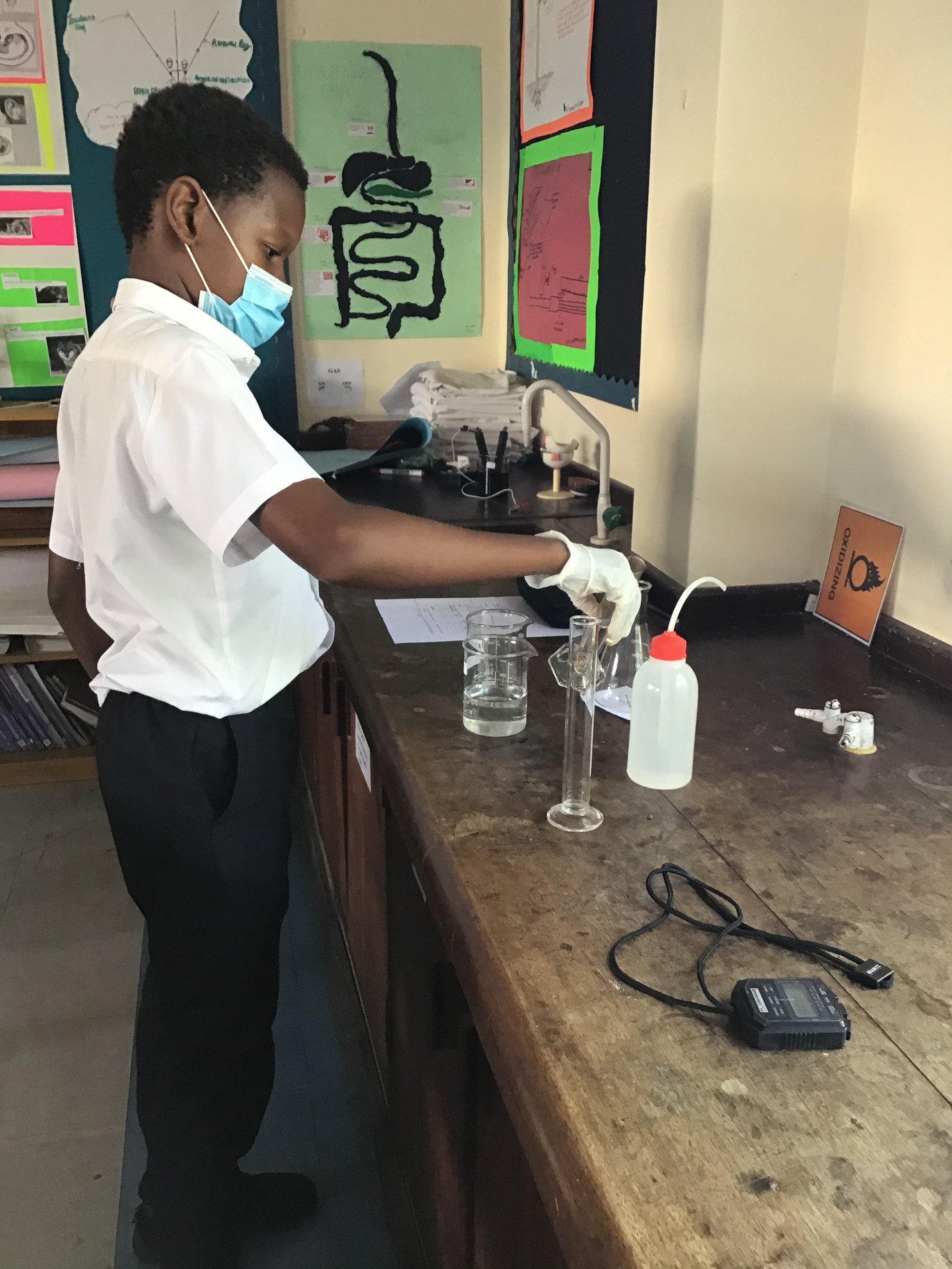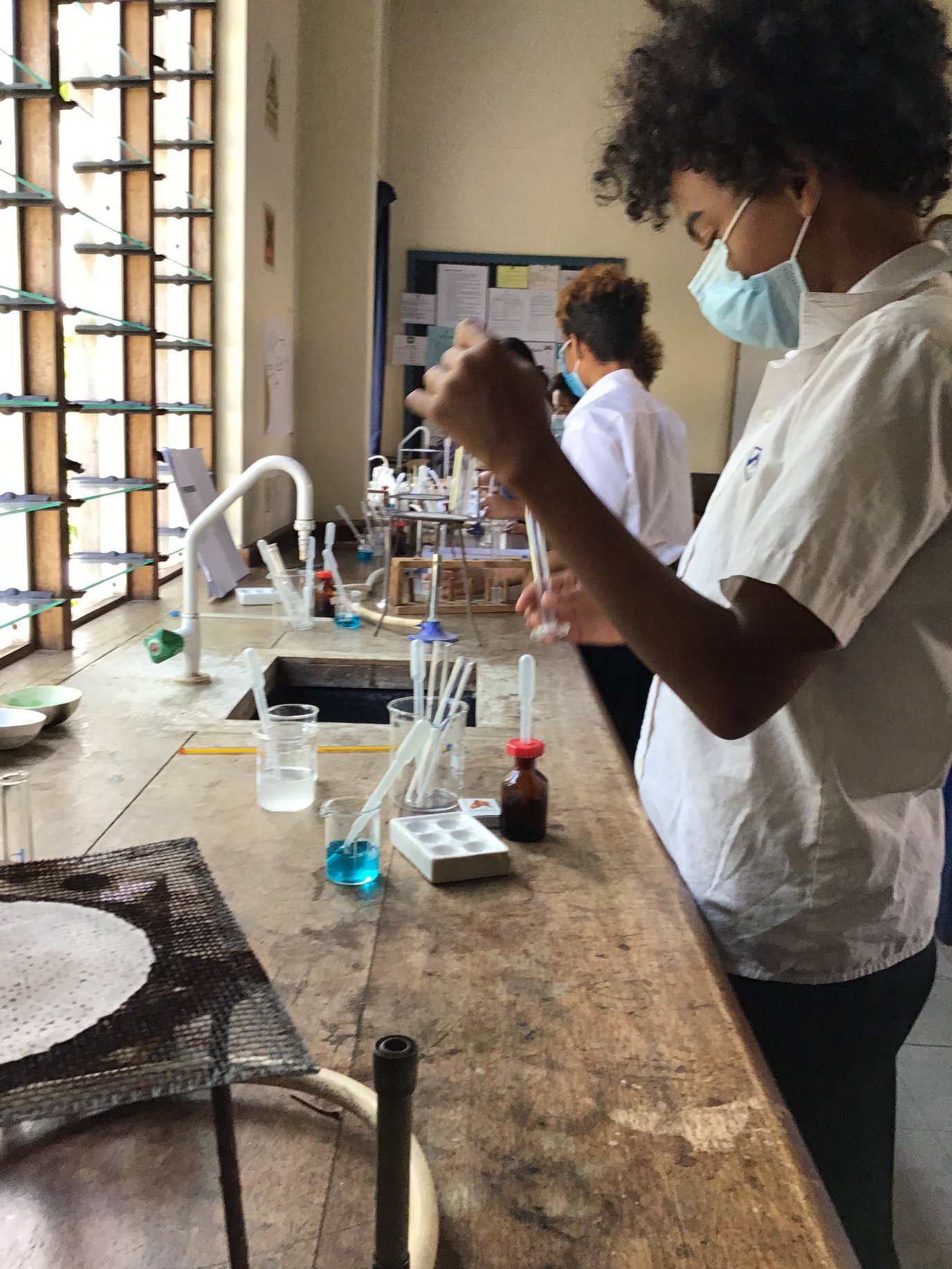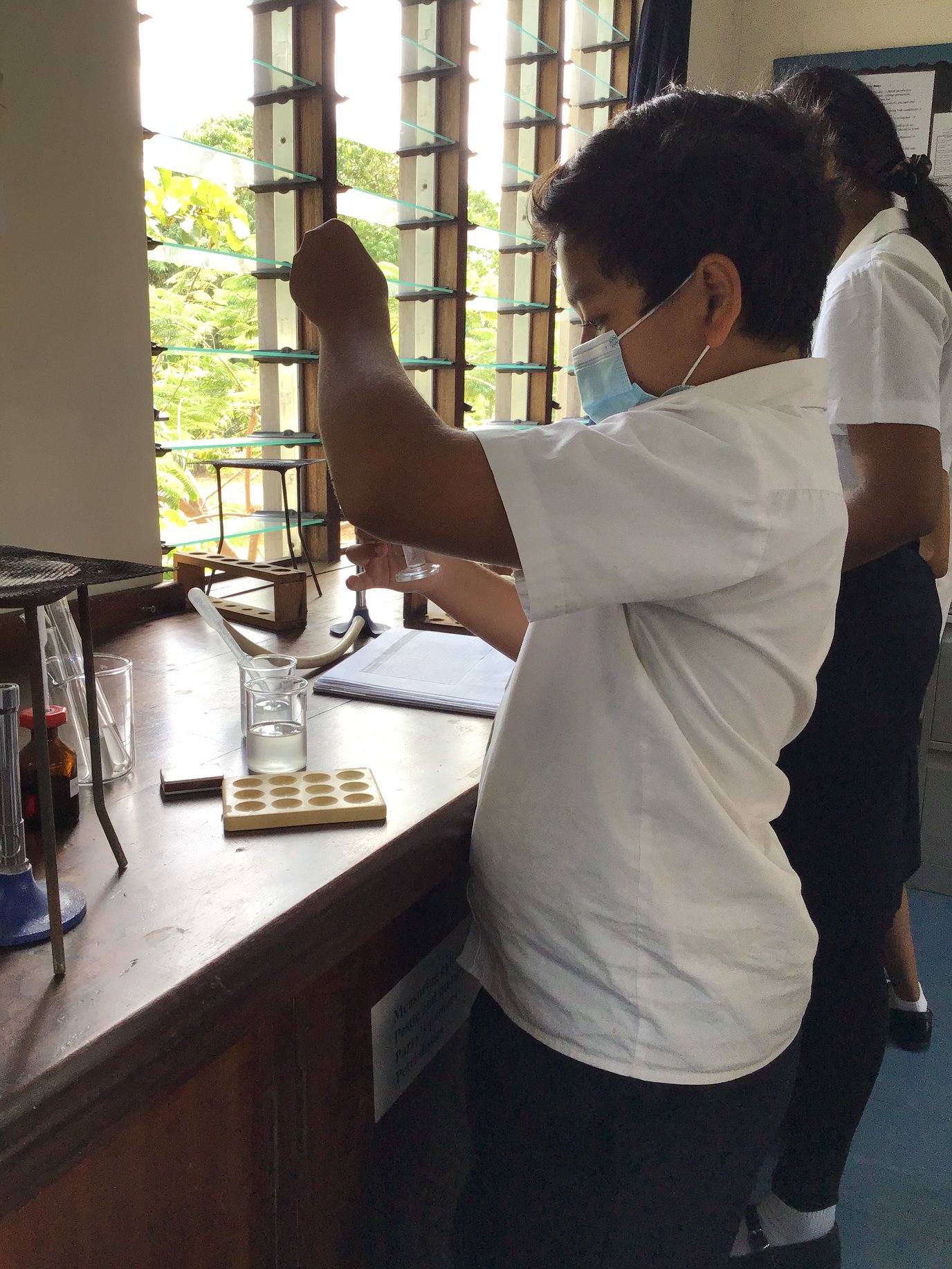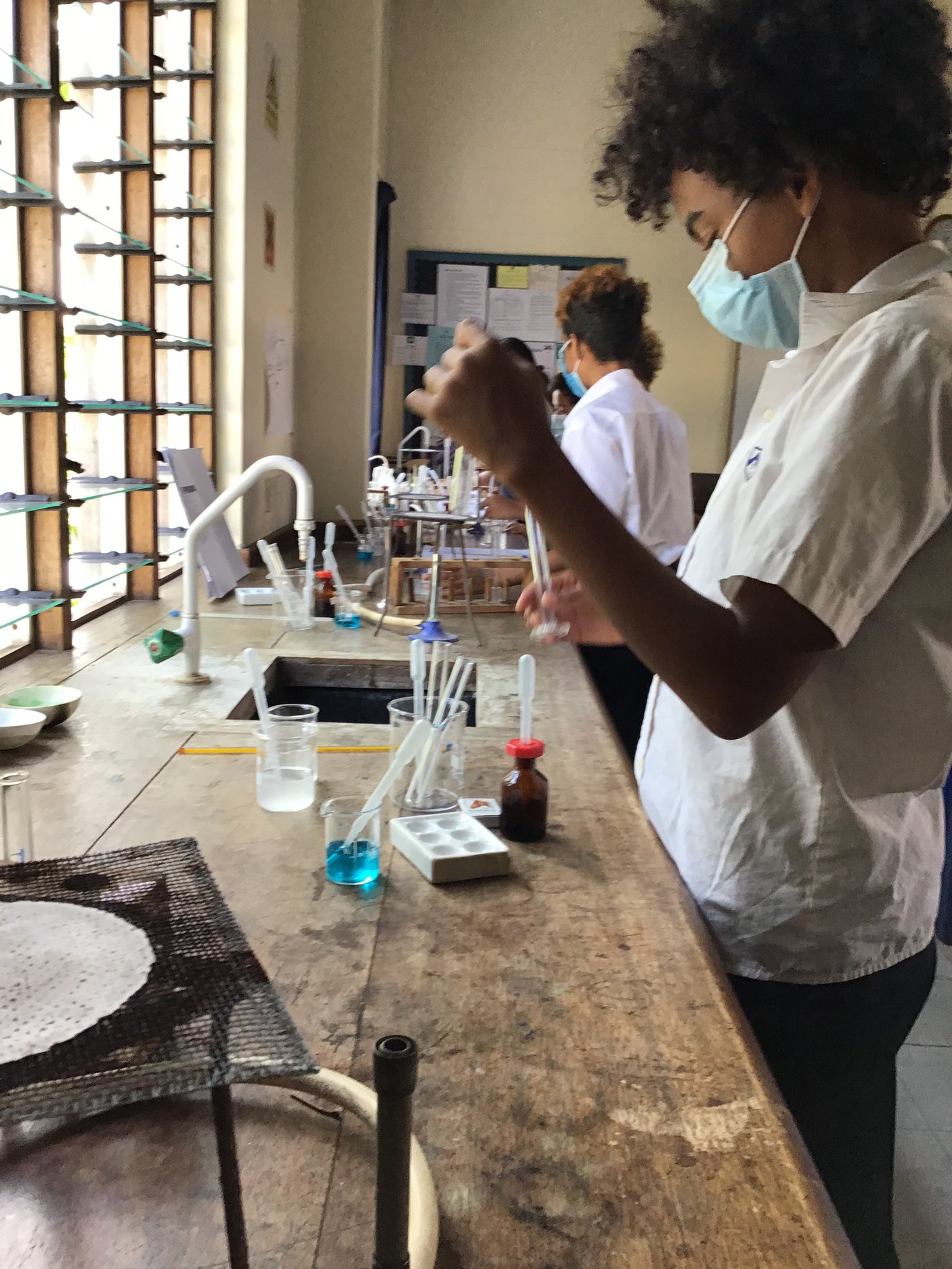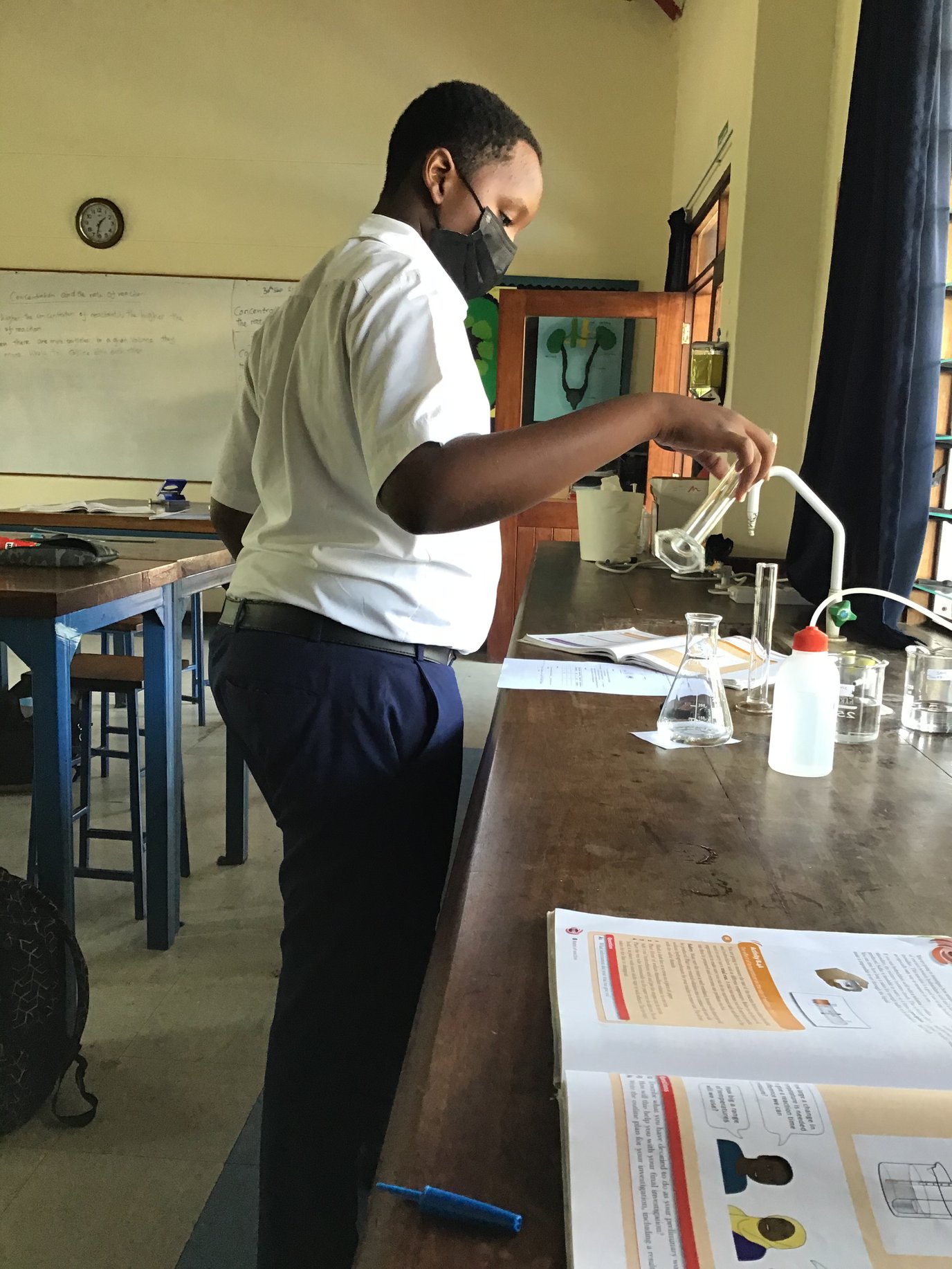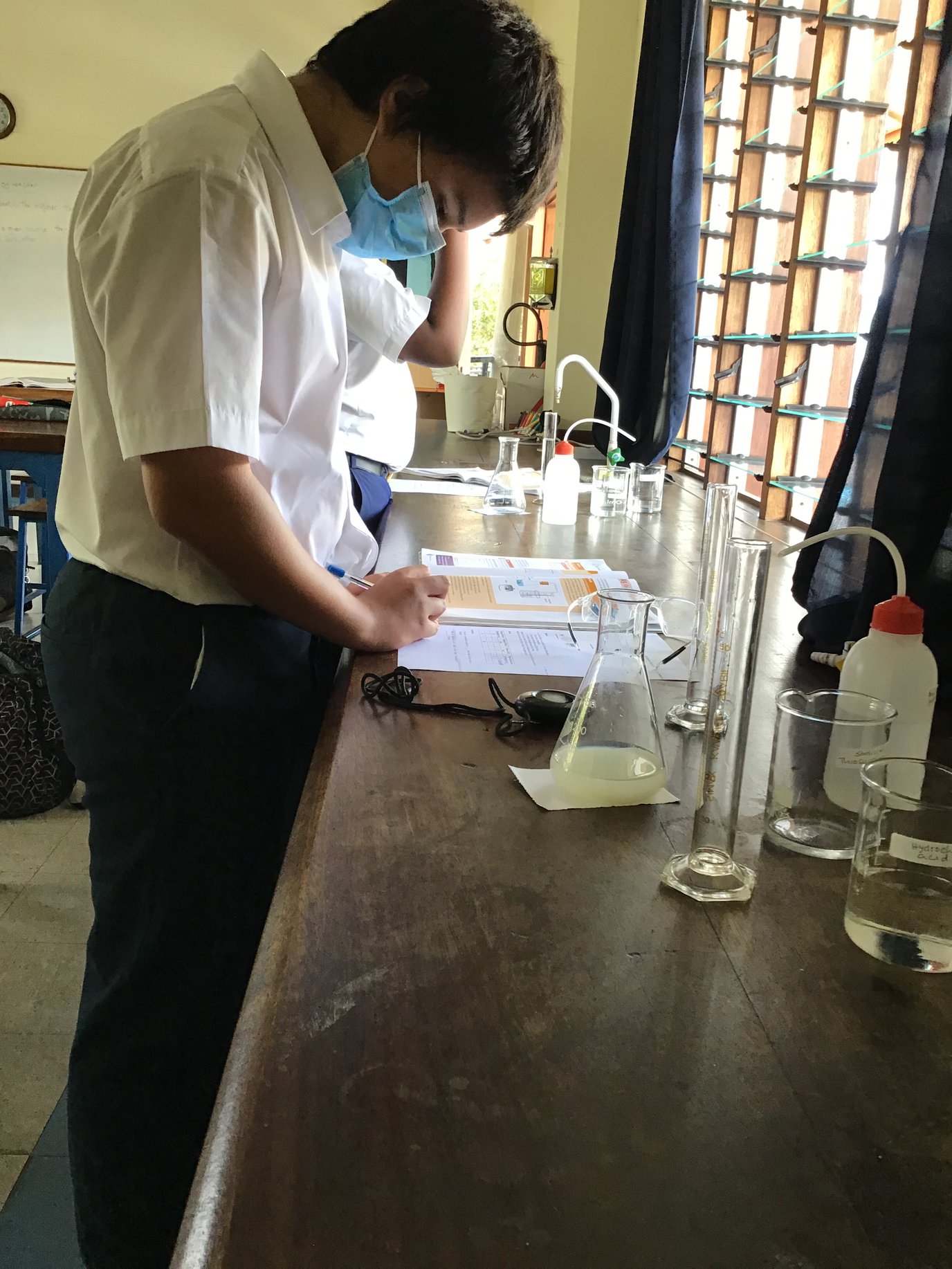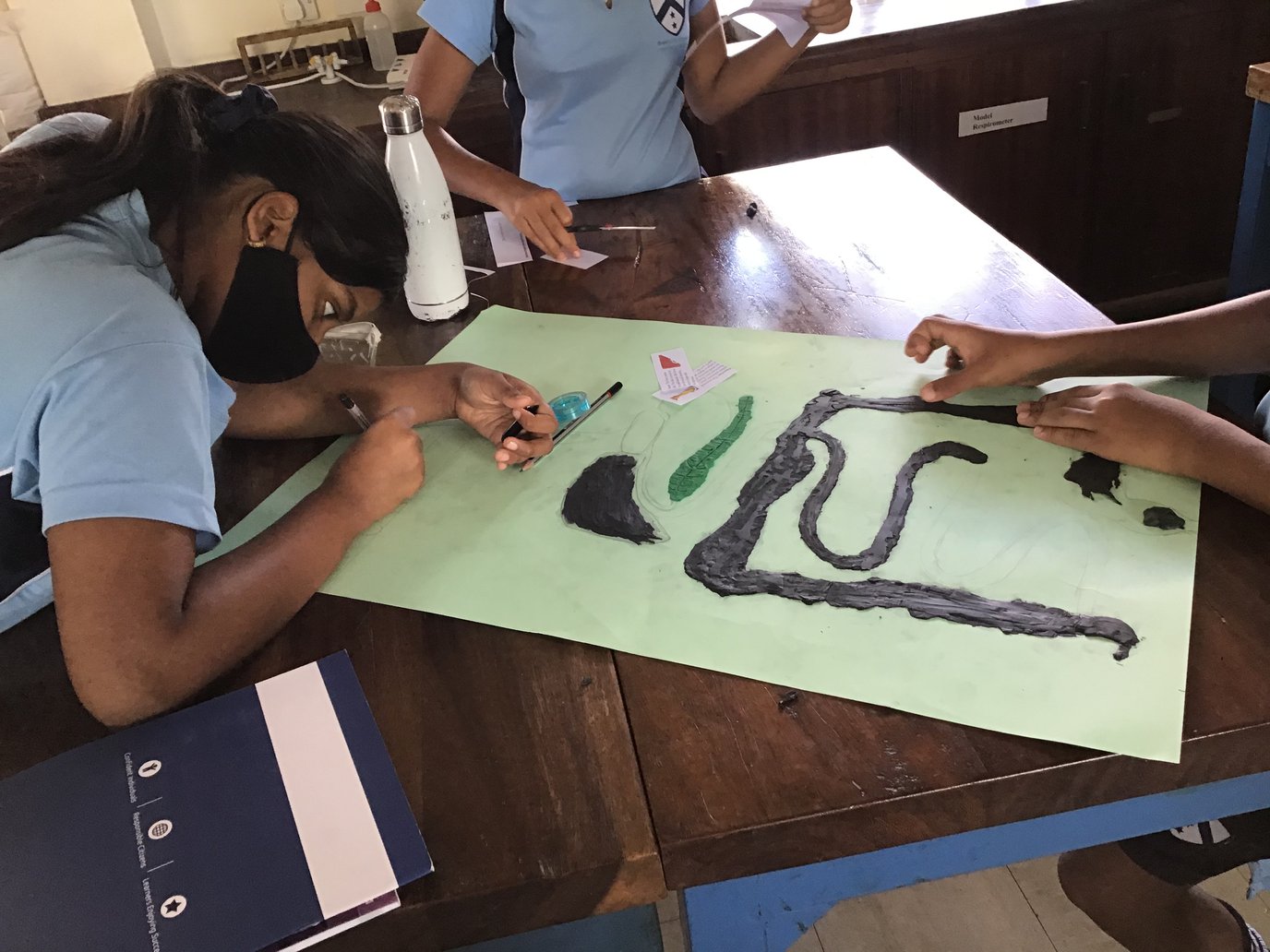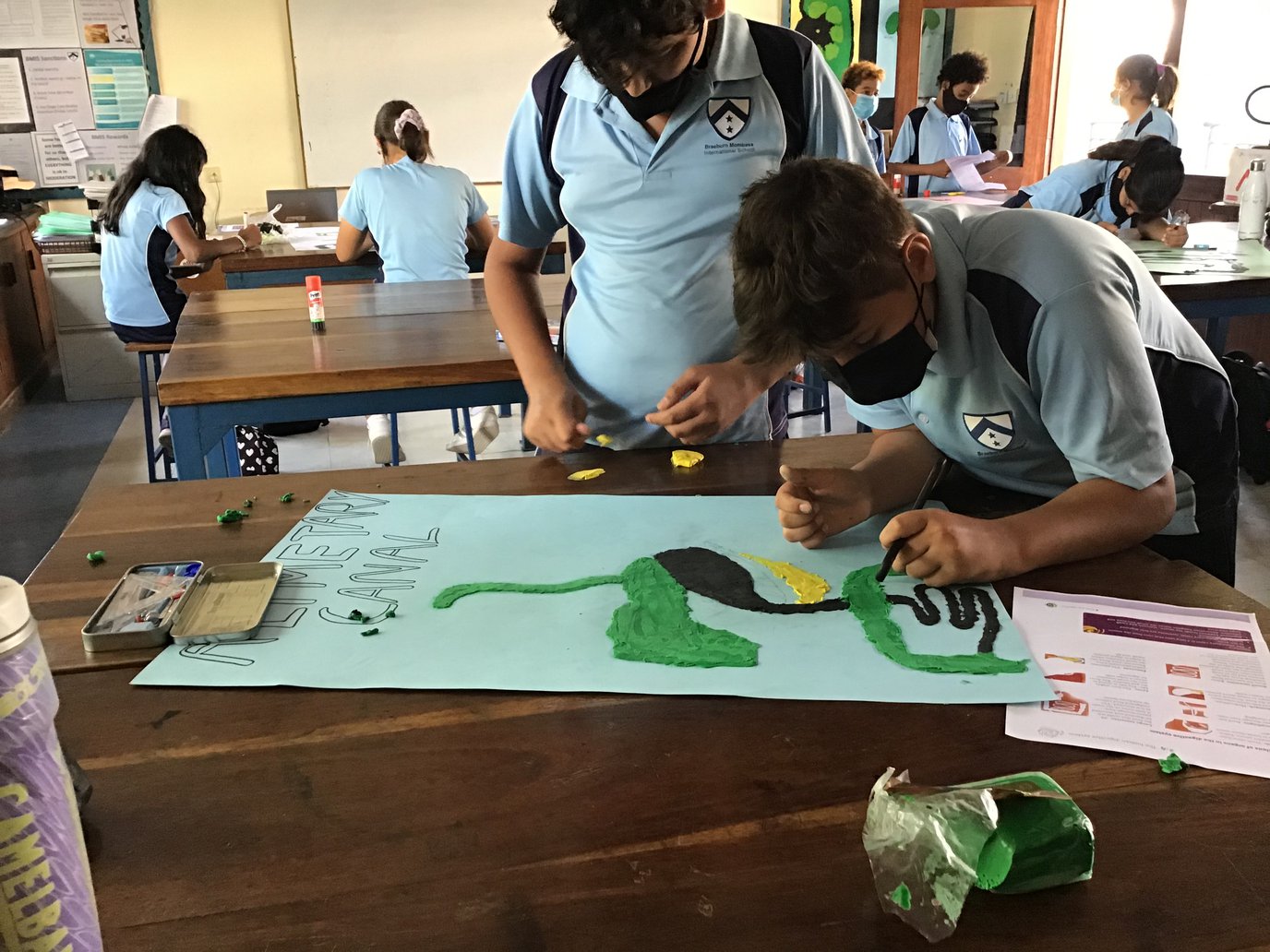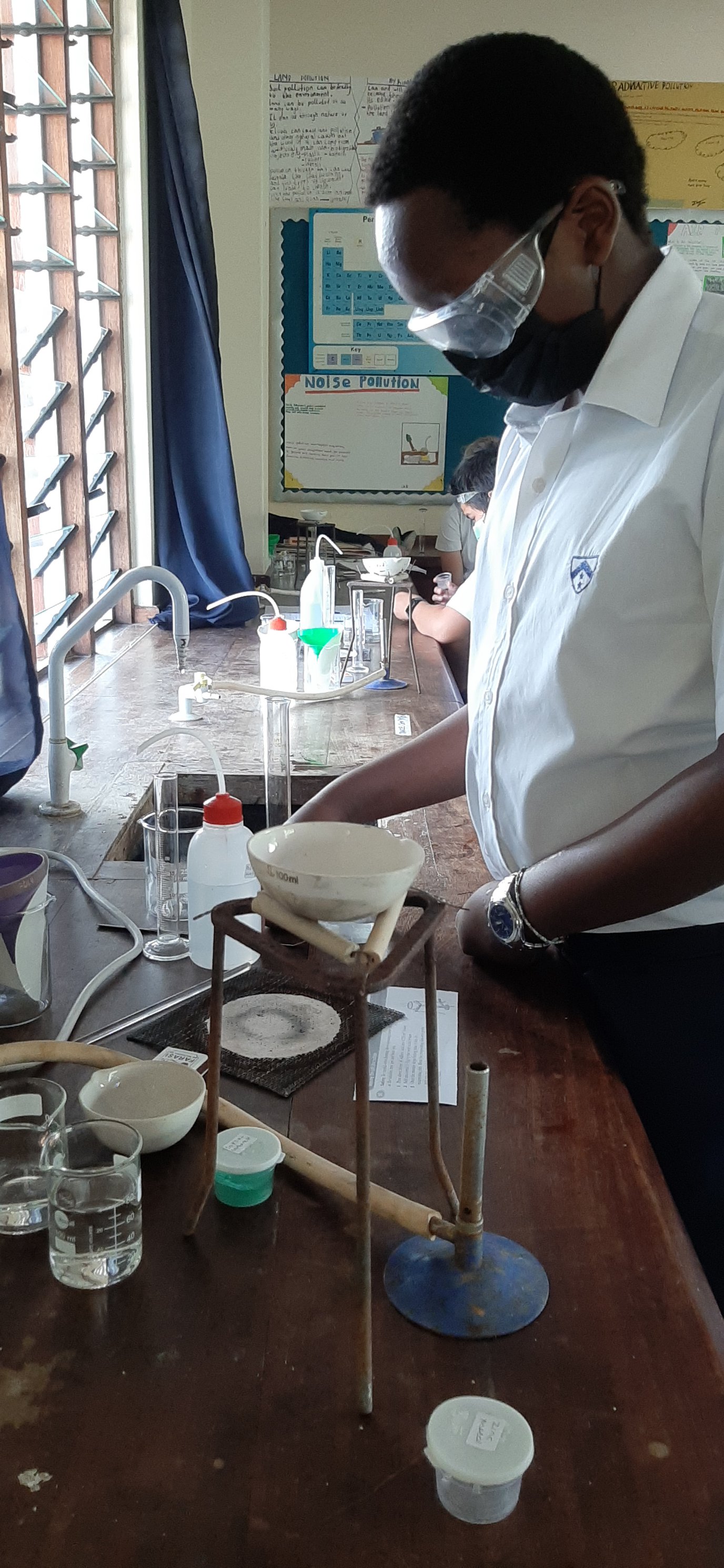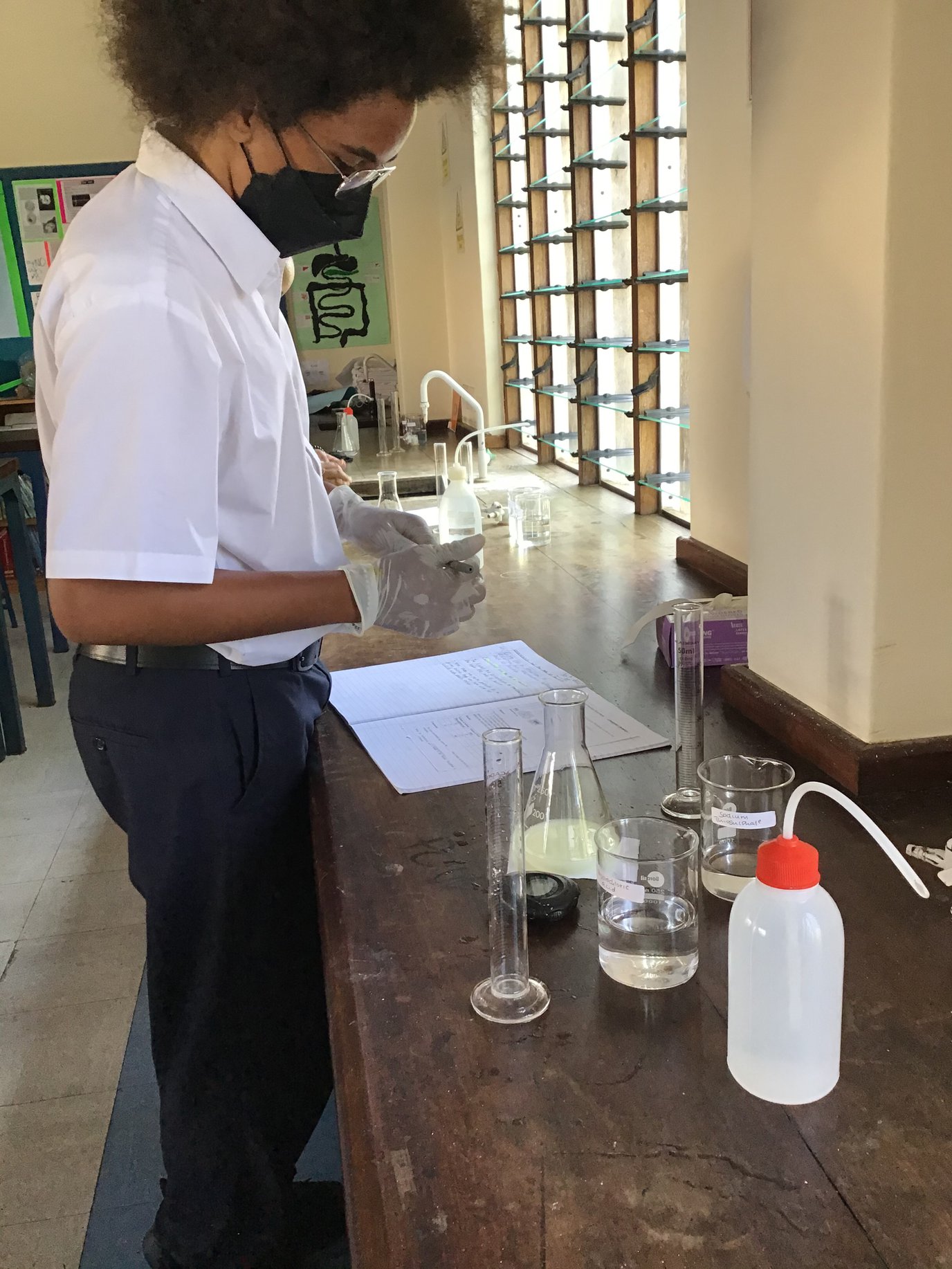Secondary Science News
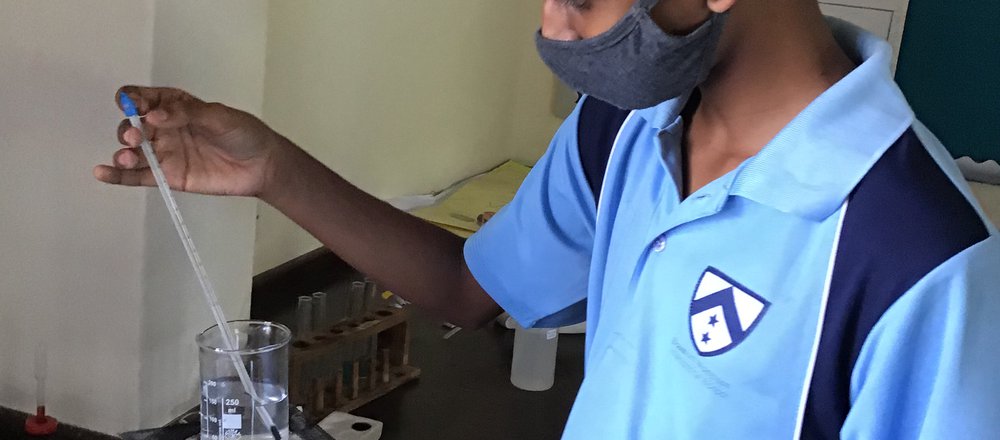
5th November 2021
Our students carried out various practicals, which they enjoyed.
In Chemistry , the students carried out chromatography, which is a technique for separating the components, or solutes of a mixture on the basis of the relative amounts of each solute distributed between a moving fluid stream.
The task of flower observation prepared students for their study of pollination by understanding the purpose of flowers and to identify flower parts.This helps instill a sense of appreciation and empathy for plants.
The model of the alimentary canal helped the students to learn about the organs that food and liquids travel through when they are swallowed, digested, absorbed, and leave the body as feces. These organs include the mouth, pharynx (throat), esophagus, stomach, small intestine, large intestine, rectum, and anus. The alimentary tract is part of the digestive system.
The students prepared salts in the lab. These salts were prepared by reacting an acid with a metal or a base, such as a metal carbonate, hydroxide or oxide. The acid provides the non-metal ion for the salt, e.g. chloride or sulphate or nitrate ions. The metal or base provides the metal ion for the salt, e.g. sodium or copper.
These are just samples of how the students interact with science.We also have many other ways we explore the science world.
